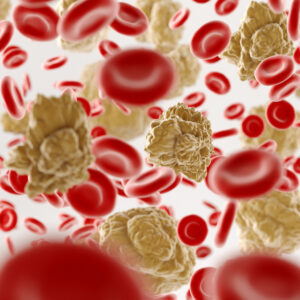Multiple Myeloma
The goals of treatment are to:
1. *Slow disease progression*
2. *Reduce symptoms and improve quality of life*
3. *Prolong survival*
1. Induction Therapy
- Chemotherapy:
- Vincristine, doxorubicin, and dexamethasone (VAD)
- Cyclophosphamide, doxorubicin, and dexamethasone (CAD)
- Novel Agents:
- Bortezomib (Velcade) + dexamethasone
- Lenalidomide (Revlimid) + dexamethasone
- Thalidomide (Thalomid) + dexamethasone
2. Stem Cell Transplantation
- Autologous Stem Cell Transplant (ASCT):
- The patient’s own stem cells are collected and reinfused after high-dose chemotherapy.
- Allogenic Stem Cell Transplant:
- The patient receives stem cells from a donor.
3. Maintenance Therapy
- Lenalidomide (Revlimid):
- Taken orally, lenalidomide has been shown to prolong overall survival and delay disease progression.
- Bortezomib (Velcade):
- Given intravenously or subcutaneously, bortezomib can be used as maintenance therapy.
4. Relapse Therapy
- Re-treatment with previous therapy:
- If the patient had a good response to previous therapy, it may be repeated.
- New therapy:
- Different chemotherapy agents or novel agents may be used.
- Clinical trials:
- Patients may be eligible for clinical trials evaluating new treatments.
5. Supportive Care
- Pain management:
- Medications, radiation therapy, and other interventions to manage bone pain.
- Infection prevention:
- Antibiotics, antiviral medications, and vaccinations to prevent infections.
- Bone health:
- Bisphosphonates to prevent bone loss and reduce the risk of fractures.
6. Emerging Therapies
- CAR-T cell therapy:
- A type of immunotherapy that involves genetically modifying T cells to target cancer cells.
- Monoclonal antibodies:
- Targeted therapies that bind to specific proteins on cancer cells.
- Proteasome inhibitors:
- New agents that work similarly to bortezomib.
Conclusion
If you have specific questions about any cancer treatment, its management, or anything related, feel free to ask! We will be pleased to help you with our wide hospital & clinic network all over the Turkiye.

